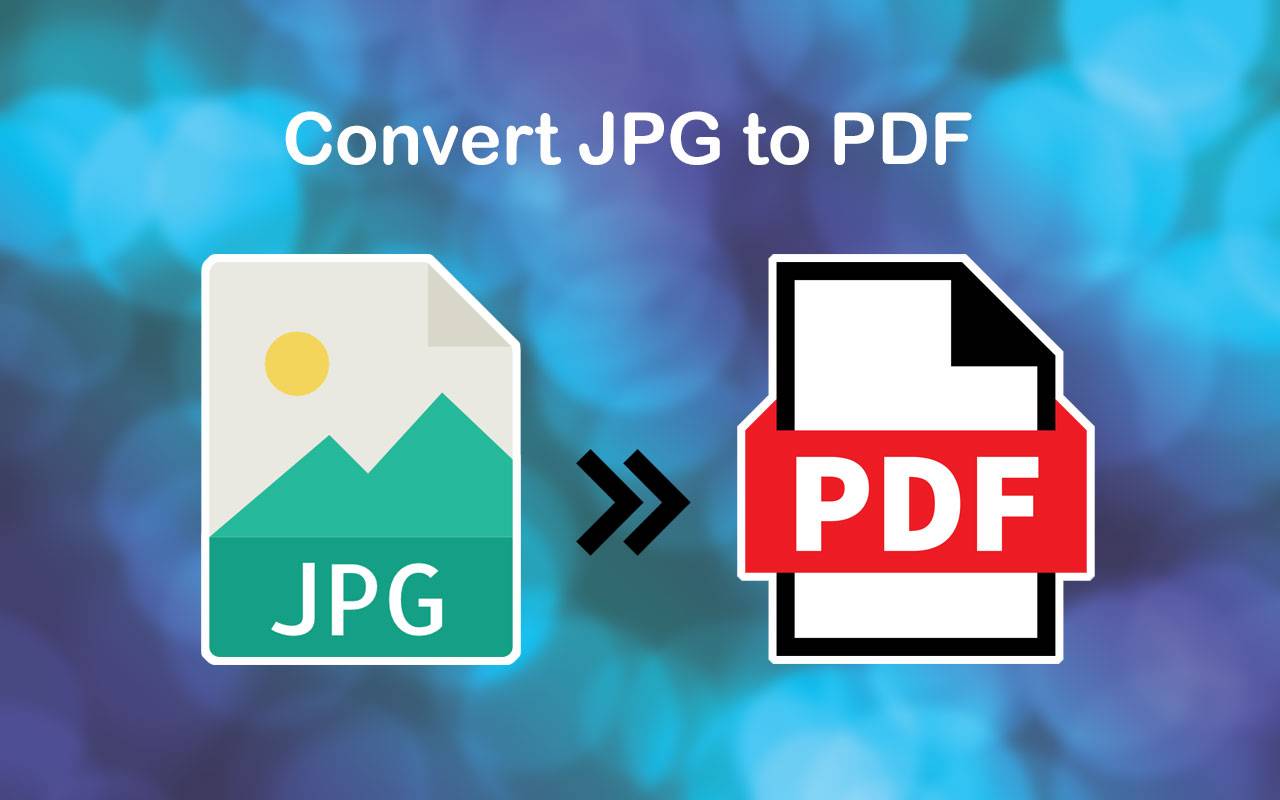Have you ever checked the weather forecast, perhaps for an upcoming trip abroad or a friend's distant location, and felt a moment of pause? You see a number like "25 degrees," but then you wonder, "Is that warm enough for shorts, or will I need a jacket?" This little moment of uncertainty, as a matter of fact, often comes from encountering temperature scales that are different from what you're used to. It's a common experience, really, when one part of the world talks in Celsius and another in Fahrenheit.
That slight disconnect, you know, between what the thermometer says and what it actually feels like, can be a bit of a head-scratcher. One scale might make perfect sense for measuring how hot your oven needs to be, while the other seems to be the natural fit for describing a chilly winter morning. It's not about one being better than the other; they're just different ways of putting a number to the same warmth or coolness we all experience. So, getting a handle on how they relate can make a lot of things clearer.
This piece aims to clear up that very confusion, giving you the ability to move between these two temperature languages with ease. We'll look at why we have these distinct ways of measuring heat, and, naturally, we'll walk through how to convert Celsius and Fahrenheit, making those foreign weather reports or international recipes feel a lot less mysterious. It's a skill that's surprisingly useful, actually, in a world that's increasingly connected.
- Shoes Overpronation Men
- Marshmallow Army
- Bowling Balls Michigan
- Jimmy Buffett Tequila
- Stephanie Rodriguez Obituary
Table of Contents
- Why Do We Have Two Temperature Scales?
- What's the Simple Way to Convert Celsius to Fahrenheit?
- Making Sense of Celsius to Fahrenheit Conversion
- How Can We Convert Fahrenheit to Celsius?
- Understanding Fahrenheit to Celsius Conversion
- When Do You Typically Need to Convert Temperatures?
- Are There Tools to Help with How to Convert Celsius and Fahrenheit?
- Using Online Helpers for How to Convert Celsius and Fahrenheit
- Quick Tips for Remembering Temperature Conversions
Why Do We Have Two Temperature Scales?
It's a fair question, isn't it, why we have more than one way to talk about how hot or cold something is? You might think one universal system would just be easier, but the history of how we measure things is, you know, a bit varied. The Celsius scale, for instance, was thought up by Anders Celsius, a Swedish astronomer. His scale sets the freezing point of water at zero degrees and its boiling point at one hundred degrees, which, for many, makes a lot of intuitive sense because it aligns so nicely with the properties of water. It's, in a way, a very logical system for many scientific purposes.
Then there's the Fahrenheit scale, created by Daniel Gabriel Fahrenheit, a German physicist. This scale has water freezing at thirty-two degrees and boiling at two hundred twelve degrees. The numbers might seem a bit arbitrary at first glance, but they were actually chosen based on a specific brine solution and the average human body temperature. So, in some respects, both scales have their own internal logic and historical reasons for being. Most of the world, naturally, uses Celsius, while the United States, along with a few other places, sticks with Fahrenheit. This means, pretty much, that knowing how to switch between them is a rather handy skill to possess.
What's the Simple Way to Convert Celsius to Fahrenheit?
When you're looking to change a Celsius reading into its Fahrenheit equivalent, there's a straightforward calculation you can use. The formula, which is pretty much the standard, involves a couple of steps. You take the Celsius temperature, multiply it by a certain fraction, and then add a specific number. This process, as a matter of fact, helps bridge the gap between the two distinct ways of measuring warmth. It's a bit like translating a sentence from one language to another, where you follow a set of grammatical rules to get the right meaning across.
- Best Toner For Black Sensitive Skin
- High End Party Celebrities
- Manhattan Celebrity Florist
- High Protein Soy Crossword Clue
- Printed Guide Crossword Clue
Making Sense of Celsius to Fahrenheit Conversion
To go from Celsius to Fahrenheit, you'll want to remember this little rule: take the Celsius temperature, multiply it by nine, then divide that result by five, and finally, add thirty-two. So, if you see "20°C" on a weather report and want to know what that means in Fahrenheit, you'd start with the 20. You multiply 20 by 9, which gives you 180. Then, you divide 180 by 5, which results in 36. Finally, you add 32 to that 36, giving you 68. So, 20°C is, in fact, 68°F. This method, you know, helps you figure out if you need a light jacket or if it's warm enough for just a shirt.
Let's try another example, just to make sure it's clear. Say you have 0°C, which is the freezing point of water. If you follow the steps: 0 multiplied by 9 is 0. 0 divided by 5 is still 0. And 0 plus 32 equals 32. So, 0°C is indeed 32°F, which is the freezing point on the Fahrenheit scale. Or, consider the boiling point of water, 100°C. 100 multiplied by 9 is 900. 900 divided by 5 is 180. Add 32 to 180, and you get 212°F. It's a pretty consistent system, actually, once you get the hang of it. This simple math, basically, lets you convert Celsius and Fahrenheit with some confidence.
How Can We Convert Fahrenheit to Celsius?
Now, if you're starting with a Fahrenheit temperature and need to figure out what it would be in Celsius, the process is just a little different, but still very manageable. You'll essentially reverse the steps you took for the other conversion. This means you'll subtract a number first, then multiply by a fraction. It's, in a way, like undoing what you just did, getting back to the original form. Knowing both directions, you know, gives you complete flexibility when dealing with temperature numbers.
Understanding Fahrenheit to Celsius Conversion
To change Fahrenheit into Celsius, you'll first subtract thirty-two from the Fahrenheit temperature. After that, you'll multiply the result by five, and then divide that by nine. Let's say you hear the temperature is 77°F and you want to know what that means in Celsius. You start by taking 77 and subtracting 32, which leaves you with 45. Next, you multiply 45 by 5, giving you 225. Finally, you divide 225 by 9, and your answer is 25. So, 77°F is, in fact, 25°C. This is a pretty comfortable temperature, arguably, for a day out.
Let's look at another common temperature, like 212°F, which is water's boiling point. If you subtract 32 from 212, you get 180. Then, multiply 180 by 5, and you have 900. Divide 900 by 9, and you arrive at 100. So, 212°F is indeed 100°C. This confirms that both formulas are, basically, two sides of the same coin. Understanding how to convert Celsius and Fahrenheit both ways means you're well-equipped for any temperature situation, which is really quite useful.
When Do You Typically Need to Convert Temperatures?
You might be wondering when these conversions actually come in handy in your day-to-day life. Well, there are quite a few situations where knowing how to switch between Celsius and Fahrenheit can make things a lot clearer. One of the most common times is when you're planning to travel to a country that uses a different temperature scale than your own. You check the weather forecast for Rome, Italy, and it says 28°C. Without converting, you might not know if that means "pack a sweater" or "time for the beach." So, in short, travel is a big one.
Another instance where you might find yourself needing to convert is in the kitchen. Perhaps you've found a delicious recipe online, but it's from a cookbook published in the UK, and all the oven temperatures are in Celsius. Your oven, naturally, only shows Fahrenheit. Knowing the conversion allows you to bake that perfect cake or roast that chicken without guessing. Similarly, if you're reading a scientific article or working on a project with international collaborators, temperature data might be presented in either scale, and being able to convert ensures everyone is, basically, on the same page. It's a skill that, you know, bridges different ways of looking at the same information.
Are There Tools to Help with How to Convert Celsius and Fahrenheit?
While doing the math yourself is a great way to understand the process, let's be honest, sometimes you just need a quick answer. And for those moments, there are, as a matter of fact, many helpful tools available. These tools take the mental effort out of the calculation, giving you the answer almost instantly. They are, in a way, like having a little assistant ready to do the number crunching for you, which is pretty convenient when you're in a hurry or just want to double-check your own math. You'll find that these resources make the task of how to convert Celsius and Fahrenheit incredibly straightforward.
Using Online Helpers for How to Convert Celsius and Fahrenheit
Many people find that an online unit conversion tool is a real time-saver for temperature changes and, actually, for all sorts of measurements. These types of resources are often free and don't require you to put any software on your computer or phone. You simply open a web page, put in the number you want to change, pick the units you're starting with, and then select the unit you want to end up with. The result appears right there, without any fuss. It's, you know, a very quick way to solve those homework problems or figure out a cooking temperature.
There are, in fact, many websites that offer this kind of help. Some of them are really comprehensive, providing a quick, free, online unit converter that handles common units of measurement, along with dozens of other converters covering a wide range of units. You can find ones that support thousands of units and millions of conversions, from fractions and length to speed, volume, weight, and even cooking measurements. The best part is that there's no software to install, and they're usually completely free. You just upload your file, or in this case, enter your number, and it converts directly in your browser. This makes the whole process of how to convert Celsius and Fahrenheit incredibly simple and accessible for anyone, anywhere.
Quick Tips for Remembering Temperature Conversions
Even with tools at your fingertips, it's nice to have a few simple tricks for when you need a rough idea of the temperature without pulling out a calculator or opening a website. One very useful trick is to remember a few key reference points that are easy to recall. For instance, 0°C is 32°F, which is the freezing point of water. And 100°C is 212°F, the boiling point. Knowing these two gives you a pretty good framework, you know, for understanding the range.
For a quick mental estimate when going from Celsius to Fahrenheit, you can often double the Celsius temperature and add thirty. So, if it's 20°C, doubling it gives you 40, and adding 30 makes it 70°F. The actual answer is 68°F, so this rough method is, basically, pretty close for many common temperatures and gives you a good sense of whether you need a jacket or not. It's not exact, of course, but it's a helpful shortcut for getting a general idea. These little mental aids can make how to convert Celsius and Fahrenheit feel a lot less like a math problem and more like a simple estimation.
To sum things up, understanding how to switch between Celsius and Fahrenheit is a really useful skill for everyday life, whether you're traveling, cooking, or just curious about the weather in a different part of the world. We've gone over the simple steps for converting Celsius readings into Fahrenheit ones, and then how to do the reverse, taking Fahrenheit numbers and turning them into Celsius. We also looked at how handy online tools can be for quick, easy conversions, saving you from doing the math yourself. Remembering a few key temperatures or using a simple mental trick can also help you get a good sense of the temperature without needing a calculator. All in all, these methods make understanding temperature across different scales much clearer and more manageable.
Related Resources:



Detail Author:
- Name : Evangeline Konopelski
- Username : dina91
- Email : goyette.bradley@yahoo.com
- Birthdate : 1979-12-25
- Address : 3882 Reilly Mountain North Theaberg, NH 52274-7950
- Phone : 1-985-430-3593
- Company : Williamson-Stoltenberg
- Job : Amusement Attendant
- Bio : Omnis architecto ducimus ea porro rerum ea. Cum reiciendis laudantium ea doloremque. Nihil dicta optio omnis eos neque aut. Explicabo nemo voluptatem eos repellendus deleniti sed voluptatem non.
Socials
facebook:
- url : https://facebook.com/simonis2010
- username : simonis2010
- bio : Voluptas non fuga sunt in aut molestiae accusamus.
- followers : 2044
- following : 272
linkedin:
- url : https://linkedin.com/in/simonis2022
- username : simonis2022
- bio : Mollitia cum veniam voluptas ad.
- followers : 2108
- following : 252